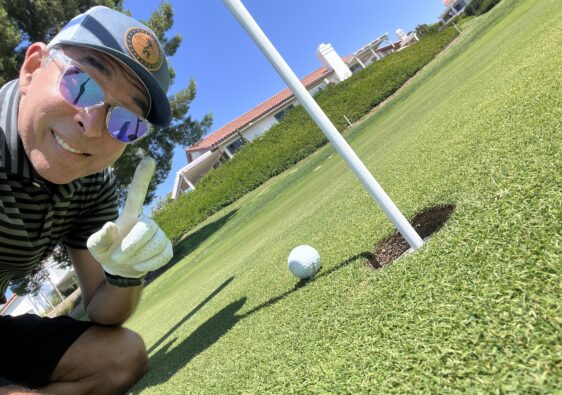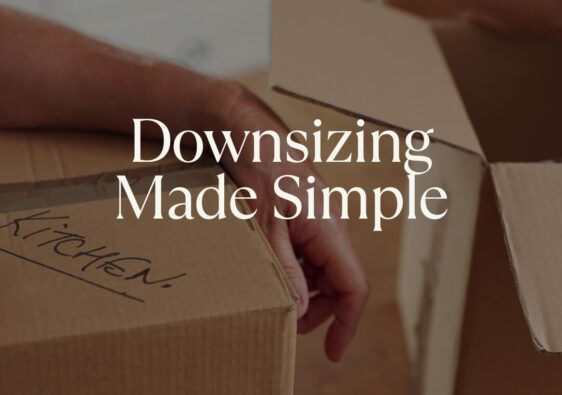Flooring is often one of the first things people notice when viewing a property here in Ocean Hills Country Club. Is it newer? Is it consistent throughout the home? Is it good quality? The right flooring can make a huge difference in how a home looks and feels.
Most of us choose flooring based on how it looks, how much it costs, or how easy it is to clean. But have you ever stopped to think about how it might affect your health?
Whether you’re remodeling your home or buying in a community like Ocean Hills Country Club, your flooring isn’t just a design decision — it’s part of your home’s environment. And just like the air you breathe or the products you use, what’s underfoot can have a quiet but powerful impact on your wellbeing.
The Hidden Side of “Modern” Floors
Over the past decade, materials like laminate and LVP (Luxury Vinyl Plank) have become wildly popular. They’re affordable, stylish, and easy to install — a win-win, right?
Not always.
Here’s what many homeowners don’t realize:
- LVP is made primarily from PVC (polyvinyl chloride), a type of plastic that can contain phthalates (linked to hormone disruption) and may off-gas VOCs (volatile organic compounds) into your indoor air.
- Laminate is mostly wood-based, but the resins and adhesives used in the core or topcoat may contain formaldehyde or other VOCs that can affect air quality — especially in newer, tightly sealed homes.
Even when labeled “low-VOC,” these products can still release chemicals over time, contributing to what’s called indoor air pollution.
A Cleaner Choice: Ceramic and Porcelain Tile
If you want something that’s both beautiful and non-toxic, tile is one of the safest flooring materials you can choose.
It’s made from natural clay, sand, and minerals fired at high heat, which means it’s completely inert — no off-gassing, no phthalates, no formaldehyde.
✅ Non-toxic and hypoallergenic
✅ Completely waterproof
✅ Extremely durable and long-lasting
✅ Easy to clean with non-toxic products
The only caveats? Choose lead-free glazes (most U.S. and European tiles already are) and use low-VOC grout or adhesives during installation.
Balancing Health, Comfort, and Lifestyle
Of course, every flooring type has trade-offs. Tile can feel cold or hard underfoot, while vinyl and laminate tend to be softer and warmer.
Here’s a simple side-by-side comparison:
| Flooring Type | Health Impact | Water Resistance | Durability | Comfort | Sustainability |
|---|---|---|---|---|---|
| Ceramic / Porcelain Tile | ✅ Non-toxic, no VOCs | ✅ 100% waterproof | 🏆 Lasts decades | ❌ Hard/cold | ✅ Eco-friendly |
| LVP (Vinyl) | ⚠️ PVC, possible phthalates | ✅ Waterproof | 👍 Durable | ✅ Soft | ❌ Not recyclable |
| Laminate | ⚠️ Formaldehyde risk | ⚠️ Water-resistant only | 👍 Moderate | ✅ Warm | ⚠️ Mixed materials |
When you’re choosing flooring, look for certifications like:
- FloorScore® or Greenguard Gold – verifies low VOC emissions
- CARB Phase 2 or TSCA Title VI – ensures low formaldehyde levels
- Phthalate-free vinyl – confirms no added plasticizers
These labels can help you find products that balance performance with peace of mind.
Why Flooring Choices Matter in Coastal Communities
In coastal areas like Oceanside and Ocean Hills Country Club, flooring isn’t just about looks — it’s about longevity, comfort, and indoor air quality.
The ocean air and humidity can challenge flooring materials, making waterproof and low-toxicity options essential. Plus, many active adults here are focused on creating homes that support long-term wellness and easy living.
Choosing eco-friendly, non-toxic flooring isn’t just better for your health — it can also appeal to future buyers who value sustainability and clean living.
The Bottom Line — A Healthy Home Starts from the Ground Up
Your home should support your wellbeing, not work against it. Whether you’re remodeling, downsizing, or updating your space, take a moment to consider what’s underfoot.
When you choose materials that are as safe, sustainable, and beautiful as they are practical, you’re investing in more than flooring — you’re investing in peace of mind.
Because a truly healthy home isn’t just one you love to look at — it’s one you love to live in.




